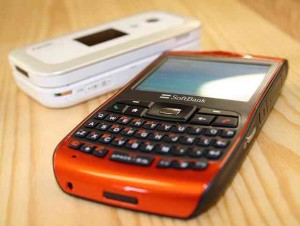One of the most exciting things about living in the digital age is witnessing huge cultural changes occur in real time.
We're at just that point now with mobile learning. Whether it's on an e-reader, a tablet, or a cell phone, there's great excitement -- though not a lot of research yet -- around the potential of how these devices can strengthen learning.
"What if your mobile device had a sixth sense?" asked Harvard professor Chris Dede, who's researching the diverse dimensions of mobile learning, at the recent ISTE conference.
When most of us consider education, we think of learning happening in isolated places -- schools. But mobile devices are upending that assumption. With innovations like augmented reality, different kinds of information and experiences can be superimposed onto the real world, complementing and adding another dimension to "formal" learning institutions.
Pilot programs are springing up all over the country (more on those soon), as educators and researchers determine what kind of learning can happen best with mobile devices.


